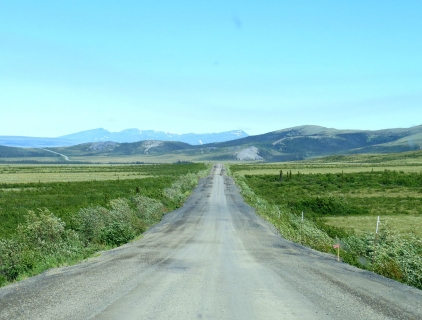Iqaluit Weather and Climate: A Comprehensive Guide
Iqaluit experiences great temperature shifts.
The city's weather can transition from mild days
to very cold weather.
It maintains moderate precipitation patterns.
Now, let’s explore all the climate details to give you a full picture.
Average maximum day and minimum night temperature
The climate in Iqaluit is known for significant temperature differences throughout the year, making the weather dynamic. Typically, average maximum daytime temperatures range from a moderate 12°C in July to a very cold -21°C in the coolest month, February.
Nights are cooler, with lows often dropping to around -28°C during the colder months. Check out our detailed temperature page for more information.Temperature ranges by month
Precipitation and rainy days
Generally, Iqaluit receives mid-range precipitation levels, with 605 mm annually. The climate in Iqaluit shows significant variation throughout the year. Expect moderate rainfall in August, with an average of 91 mm of precipitation over 15 rainy days. In contrast, February offers drier and sunnier days, with around 22 mm of snowfall over 11 snowy days. For more details, please visit our Iqaluit Precipitation page.The mean monthly precipitation over the year, including rain, hail and snow
Sunshine over the year
For those who appreciate different seasons, Iqaluit serves as an ideal destination. Expect longer, more sun-filled days in July with an average of 7.9 hours of sunshine daily, and embrace the darker days in December, offering only 0.4 hours of daily sunlight. Visit our detailed sunshine hours page for more information.Monthly hours of sunshine
Daily hours of sunshine
Average humidity
The relative humidity is high throughout the year in Iqaluit.
The city experiences its highest humidity in October, reaching 80%. In February, the humidity drops to its lowest level at 68%. What does this mean? Read our detailed page on humidity levels for further details.
Relative humidity over the year
Average wind speed
The mean wind speed over the year ranges from 3 m/s in March, July and August to 5 m/s in May, October and November.
The mean monthly wind speed over the year (meters per second)
overcast and snow overcast and chance of slight snow overcast and snowForecast for Iqaluit
Select a Month of Interest
Check the conditions for any month of the year.
The best time of year to visit Iqaluit in Canada
Other facts from our historical weather data:July has an average maximum temperature of 12°C and is the warmest month of the year.
The coldest month is February with an average maximum temperature of -21°C.
August tops the wettest month list with 91 mm of rainfall.
February is the driest month with 22 mm of precipitation.
July is the sunniest month with an average of 236 hours of sunshine.
No idea where to travel to this year? We have a tool that recommends destinations based on your ideal conditions. Find out where to go with our weather planner.




